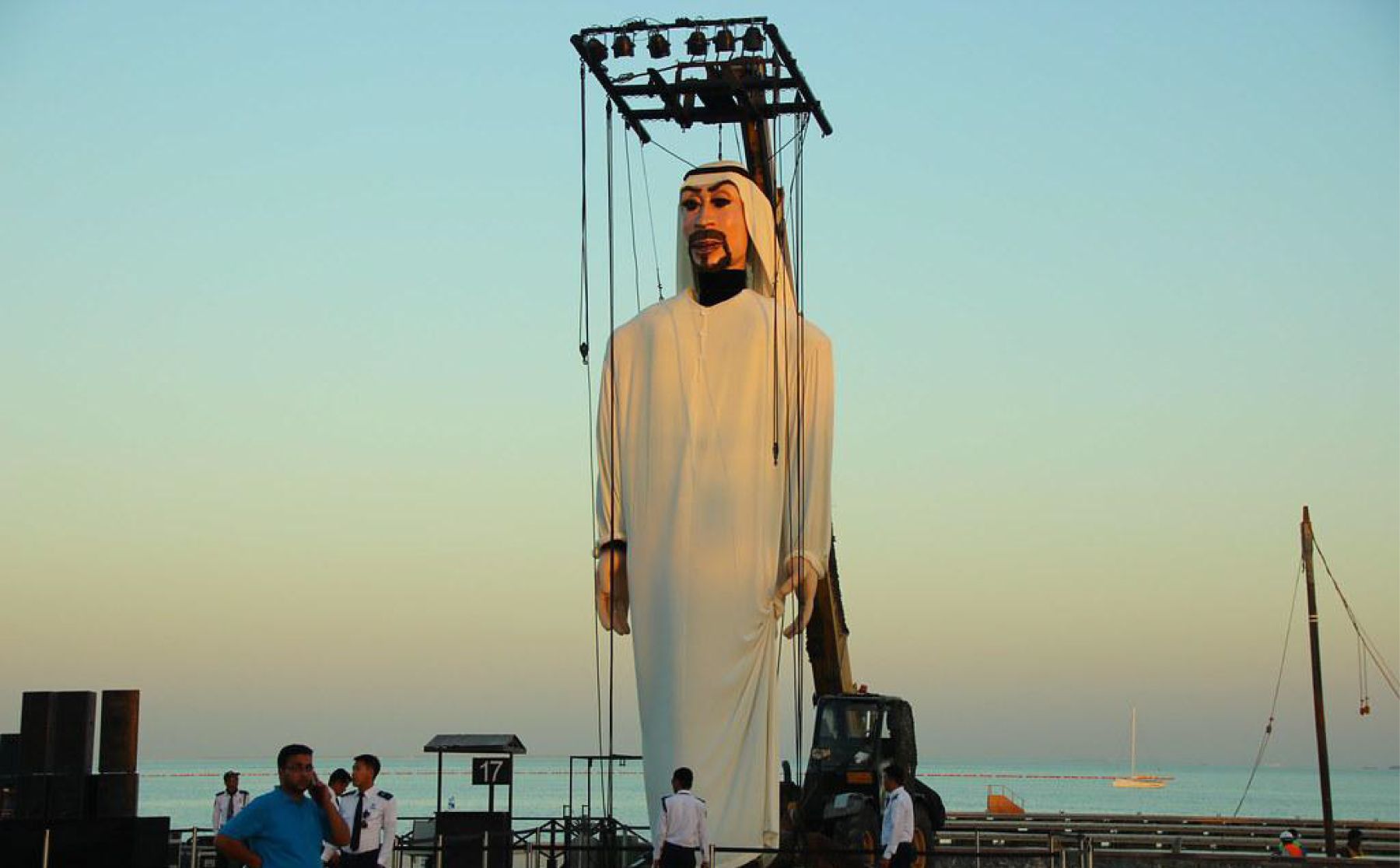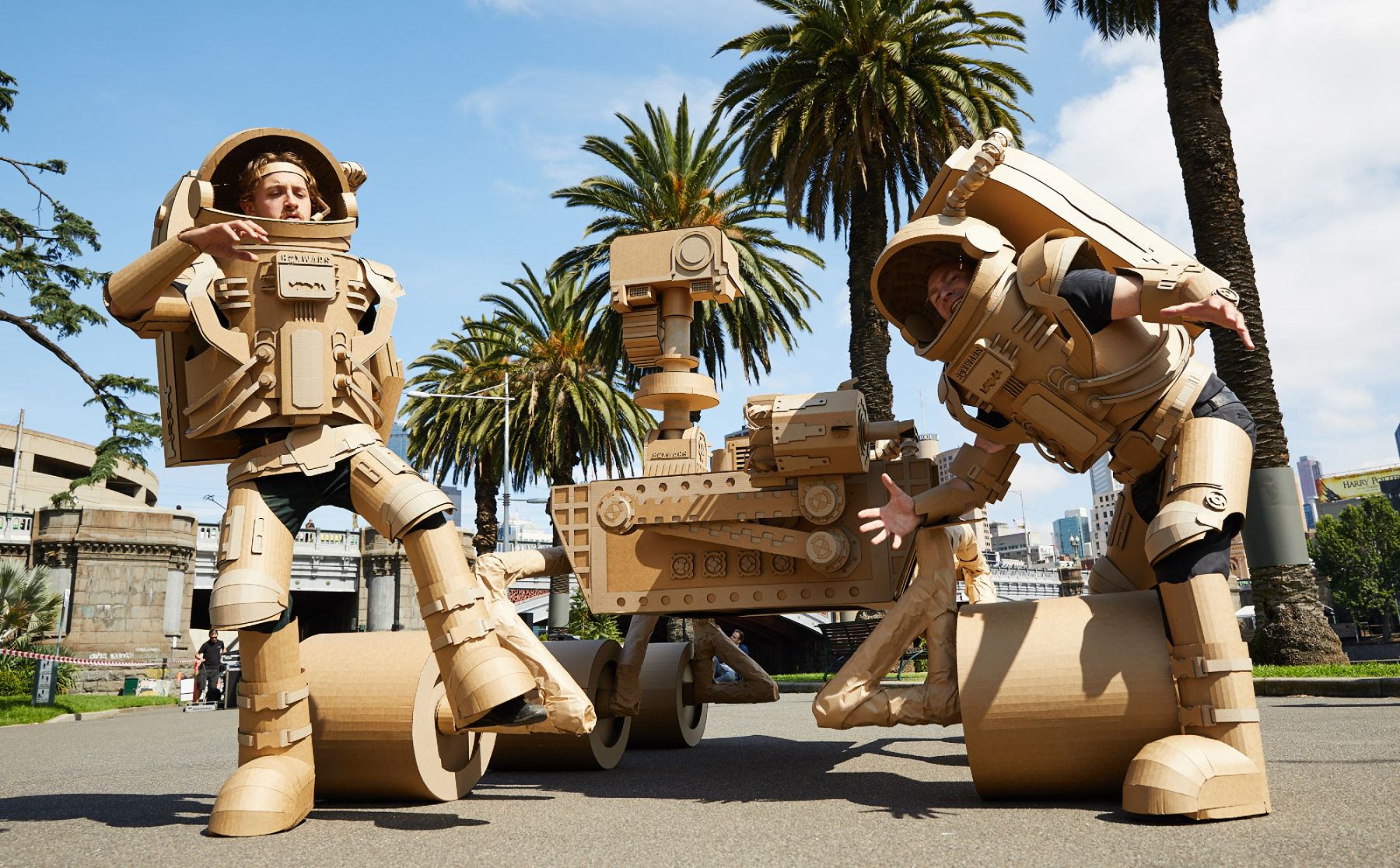Peter Paul Rubens (1577 – 1640): Painter, diplomat, knight and spy
Peter Paul Rubens (1577 – 1640) was the leading Flemish Baroque painter. He was also a diplomat who was knighted by both Philip IV of Spain and Charles I of England. Through both his cultural and political connections – which involved “clandestine information gathering” – Rubens moved among the most influential people in Europe. An early master of marketing, he was extraordinarily successful and well-known for his mythological and allegorical history paintings as well as religious works, portraits and landscapes. Rubens style of portraying women was highly characteristic, so much so that it gave rise to the adjective “Rubenesque.”
It might be, however, that Rubens is one of the most important artists for our current understanding about what constitutes ambitious painting. Rubens, after all, was an unparalleled pioneer in creating huge paintings in which their massive size plays a critical role in the success of their compositional design. Imagine the difference, for example, between seeing a large painting in person and a small picture of it in a book. Consider then, the role of scale in American Abstract Expressionism – the giant paintings by Jackson Pollock, Franz Kline, Mark Rothko or Willem de Kooning. When we encounter paintings like this, we don’t just experience them with our eyes, but we feel the heroic scale of their presence with our bodies.
Making a successful large painting isn’t so simple as making a good drawing and then blowing it up. Rubens expanded the practice by adding both the physical response and a visual narrative to the stories unfolding in his paintings. We can see this in works like his 10-foot-wide “Hippopotamus and Crocodile Hunt” of 1615. The subject isn’t realistic – men and horses doing battle with an unlikely pair of animals – but the energetic composition creates a visual narrative of unquestionable power. Viewers are essentially forced to follow the line of the spear to the center of the image where the turning hippo’s body gives way to the serpentine flow of the crocodile. We quickly find our eyes are being driven around the image by a well-designed vehicle. That visual experience is what we now associate with successful abstract paintings: formalism. The fact that the scale of our bodies responds to the heroically-sized combatants in the painting takes us a step closer to the subtle compositional ambitions and literal physicality of the Abstract Expressionists – who became the standards for the Postwar American model of painting which still predominates globally.
It makes sense that Baroque content would be more influential in America than its counterpart of “Renaissance”: Baroque focuses on the personal and emotional experience of subjectivity rather than rational fact. Most artists now believe (or so the myth goes) that authenticity wells from self-expression rather than objectivity.
However deep are the echoes of his influence, Rubens is still a giant among giants: His “Massacre of the Innocents” (1611–12) was sold at auction at in 2002 for approximately $117 million – the largest sum ever spent at the time for an Old Master painting.
Written by Daniel Kany








